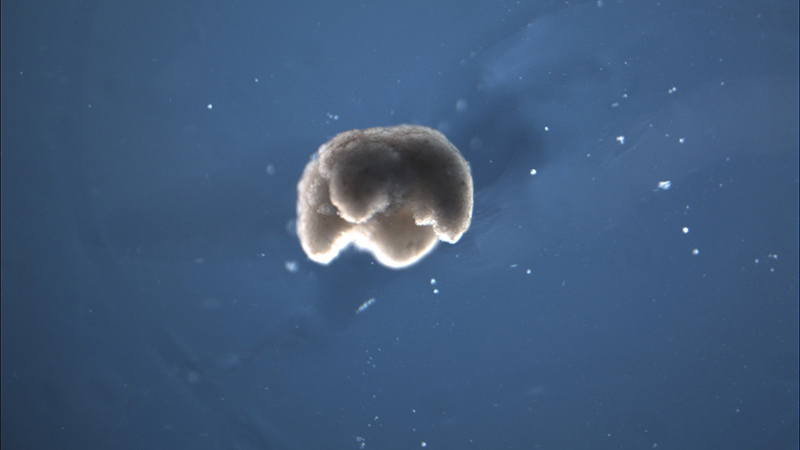The first living robots, known as xenobots, were constructed by US scientists who claim that they can now reproduce in a way that plants and animals cannot.
Xenobots are made from the stem cells of the African clawed frog (Xenopus laevis), from which they get their name. They’re only a millimetre (0.04 inch) wide. After research revealed that they could move, collaborate in groups, and self-heal, the small blobs were initially revealed in 2020.
Scientists from the University of Vermont, Tufts University, and Harvard University’s Wyss Institute for Biologically Inspired Engineering have now announced that they have uncovered a completely new kind of biological reproduction that is unlike any animal or plant currently known to science.
“I was astounded by it,” said Michael Levin, a Tufts University biology professor and director of the Allen Discovery Center, who was a co-lead author on the new study.
“Frogs have a way of reproducing that they normally use but when you … liberate (the cells) from the rest of the embryo and you give them a chance to figure out how to be in a new environment, not only do they figure out a new way to move, but they also figure out apparently a new way to reproduce.”
Robot or organism?
Stem cells are unspecialized cells that can differentiate into a variety of cell types. The xenobots were created by scraping living stem cells from frog embryos and incubating them. There is no genetic manipulation involved.
They discovered that the xenobots, which were originally sphere-shaped and built from roughly 3,000 cells, could proliferate, according to Bongard. But it only happened once in a while and in very precise conditions. The xenobots used a mechanism called “kinetic replication,” which is known to happen at the molecular level but has never been seen at the scale of complete cells or organisms, according to Bongard.
The researchers then used artificial intelligence to examine billions of body types in order to make the xenobots more effective at this type of replication. The supercomputer generated a C-shape that resembled the 1980s video game Pac-Man. They discovered it could identify small stem cells in a laboratory dish, gather hundreds of them inside its mouth, and the bundle of cells grew into more xenobots a few days later.
“The AI didn’t program these machines in the way we usually think about writing code. It shaped and sculpted and came up with this Pac-Man shape,” Bongard said.
“The shape is, in essence, the program. The shape influences how the xenobots behave to amplify this incredibly surprising process.”
The xenobots are relatively early technology, similar to a computer from the 1940s, and have no practical applications yet. According to the researchers, this combination of molecular biology and artificial intelligence could be applied in a variety of activities in the body and environment. Collecting microplastics in the oceans, inspecting root systems, and regenerative medicine are all examples of this.
While the possibility of self-replicating biotechnology may raise concerns, the researchers claim that the living machines are completely controlled in a lab and can be quickly extinguished because they are biodegradable and supervised by ethics experts.
The Defense Advanced Research Projects Body, a federal agency that controls the development of technology for military application, contributed to the research.
“There are many things that are possible if we take advantage of this kind of plasticity and ability of cells to solve problems,” Bongard said.
On Monday, the research was published in the peer-reviewed scientific journal PNAS.
- NBA Rookie of the Year Favorite: Former UConn Huskies Star Guard - December 17, 2024
- Where to Watch the ‘Yellowstone’ Finale Without Cable: A Simple Guide - December 14, 2024
- Wendy’s is celebrating the festive season with 12 days of ‘Bow-Go’ deals exclusively on the app - December 13, 2024









